Rameau: Zoroastre (Rousset)
Introduction
A performance of Rameau`s mid-period opera filmed live over three nights at Drottningholm`s hugely impressive original 18th century theatre.
I was going to give a brief outline of the plot here, but to be honest, it`s a little too complex for any type of précis to do it justice. However, as briefly as possible, the story concerns the age-old fight between good (the enlightened Zoroastre and his companion, Amélite) and evil (Abramane and Erinice).
It would be more accurate to talk of the battle between light and dark, as this is Rameau`s foray into the Masonic world. Zoroastre (`Sarastro` in Mozart`s Magic Flute, and `Zarathustra` in certain overblown late-Romantic German orchestral works) has to fight for his kingdom against the forces of dark, and eventually forms his own religion once victorious.
There..that was relatively painless, wasn`t it.
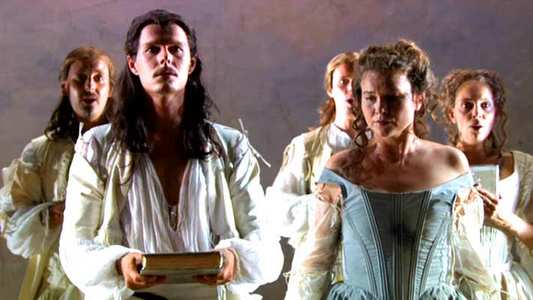
Video
A perfect example of DVD being able to reproduce the `natural` theatrical lighting. This work is always going to have some extreme differences in light and shade and all are brilliantly realised.
There is absolutely no sign of any digital artifact nonsense anywhere.
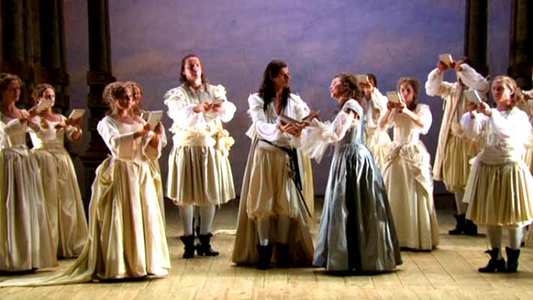
Audio
The sound is very clear (in both DTS and stereo mode) but I found there was a tendency to favour the stage far too much (especially when Abramane was singing). I`m not sure whether this is something a live audience would experience with 18th century acoustics, but for much of this performance (excepting the orchestral interludes of course) a lot of the instrumental detail was completely lost.
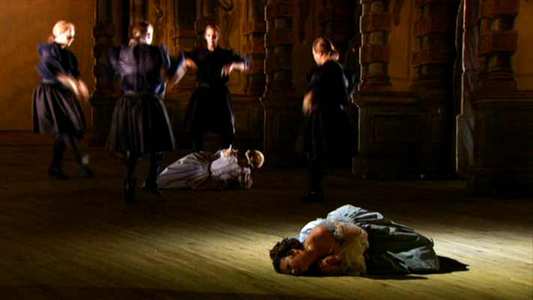
Features
The main extra is an hour-long documentary by Olivier Simmonet on the music and production. I was almost instantly put off watching this when we were being told (this time by the choreographer, Amir Hosseinpour) that this was the `Rock `n` Roll` of the time. The analogy stretches as far as the fact that there were some peculiar harmonies and instrumentation in some of Rameau`s later work, but trying to give us the impression that pre-revolutionary French society reacted in any other way than not going to see a piece again and writing a few strongly-worded articles is silly. Post-revolutionary French society however knew exactly how to react with new music, as was demonstrated at the premiere of The Rite of Spring. Now THAT was Rock `n` Roll`!
Anyway, I digress alarmingly.
Many modern productions of old works also try hard to force some contemporary relevance onto the plot, and this is no exception. Tenuous links to Iraq all round!
Apart from these issues, I rather enjoyed this documentary, but more could have been shown on the history and working of the theatre itself, which is a delightful place, with fully functioning original stage machinery (put to fine use in this production).
There is also a worthwhile `Illustrated Synopsis` which gets through the whole plot in 5 minutes - definitely worth watching first!
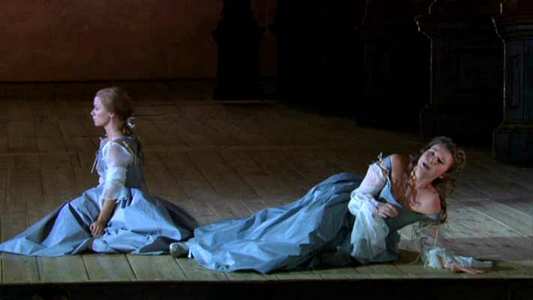
Conclusion
Opus-Arte is certainly giving us our money`s worth when it comes to comes to Rameau`s extensive outpourings, and we have been lucky to have had performances (and presentations) of exceptional quality and commitment.
TV direction (by Olivier Simmonet) had a few odd moments, when the camera angle, for no discernible reason, suddenly pointed straight down from above the action. Usually, this would be an effective way of seeing some detail in the positioning of the performers, but here, the scenery holders just get in the way and so you can`t really see anything below.
(It may have been my imagination, but I`m sure there was a blatant edit before "Ô lumière vive et pure" in Act III - always helps to be filmed over three nights I suppose!)
Pierre Audi`s staging is fairly straightforward, and uses the theatre`s backstage machinery to great effect. Deep down, I was hoping the fact that the name Mauro Tarantino (the `Régisseur de scène`) would have invoked some gratuitous bloodshed at opportune moments, but this was sadly not the case.
Unusually, there is no William Christie at the helm here, but Christophe Rousset (who has worked extensively with Christie) is definitely up to the task and directs a stunning musical performance from all involved.
The voices are, mostly, highly suited to their roles, especially Evgueniy Alexiev (Abramane), who has a very powerful, dark tone to his voice that fits the role of `most evil person around` very well indeed.
Anders J Dahlin (Zoroastre) has a very pure tenor voice and carried everything off with great dignity. (He has also just appeared very successfully in a televised Prom dedicated to Rameau`s stage works, so I suspect we`ll be seeing a lot more of him in these sort of roles).
The `purity` (i.e. using vibrato only when necessary, and to create a dramatic effect) of singing in this style of music is absolutely vital, so I was rather disppointed with Gérard Théruel in this respect. A little vib can go a long way, but too much just makes everything, especially the pitch, sound very approximate.
I`m probably being a little cruel in saying that this work is probably not going to become a frequent visitor to opera houses around the world, but it certainly needs to be seen, and it won`t get a better performance than we have here for a very long time.
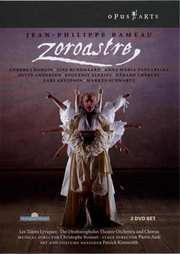
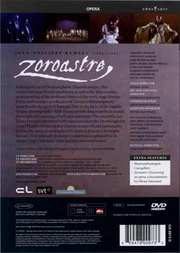




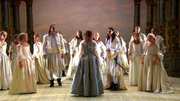
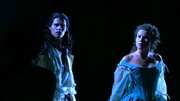
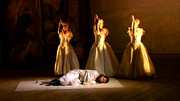
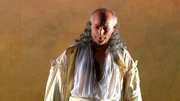
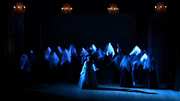


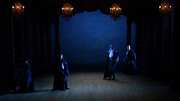
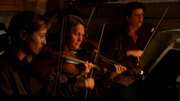
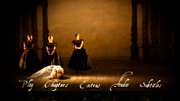






























Your Opinions and Comments
Be the first to post a comment!